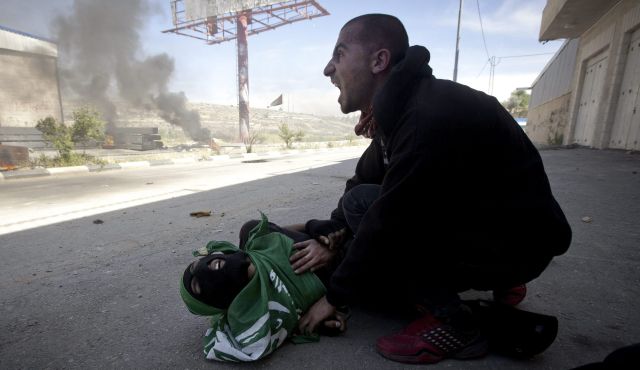Tag: Ramallah
-
Israeli forces try to violently suppress protest in Jalazone
14th June 2015 | International Solidarity Movement, Ramallah Team | Jalazone, Occupied Palestine On Friday June 12th in Jalazone, north of Ramallah, Israeli forces responded to a Palestinian protest against illegal Israeli settlements with rubber coated steel bullets, tear gas, stun grenades and live ammunition. The Israeli occupation forces also attacked journalists that were covering…
-
Israeli army murders Palestinian in Kafr Malek
14th June 2015 | International Solidarity Movement, Khalil Team | Kafr Malek, Occupied Palestine ***GRAPHIC IMAGE WARNING*** Abdullah Eyad Ghanayem, 21 years old, was killed by the Israeli army early morning around 3:00 AM in Kafr Malek, a village north Ramallah. According to a Palestine Red Crescent Society paramedic that contacted ISM, the soldiers invaded…
-
Recollection and memory, Al-Nakba continues
15th May 2015 | Karam (Muhannad) | Ofer military prison, Occupied Palestine The following post is written by the medic that was present on the scene on May 15th 2014, during the killing of Mohammad Odeh and Nadeem Nuwwarah as protesters commemorated al-Nakba near Ofer Military Prison. During Nakba day commemoration, Birzeit’s student council were trying to…



